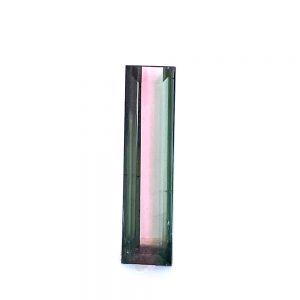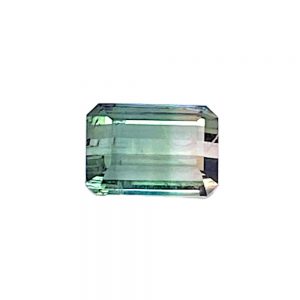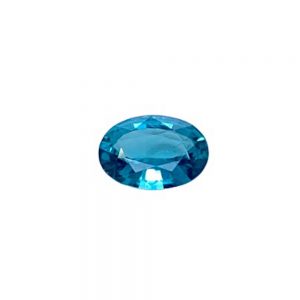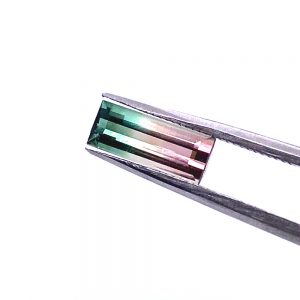Tourmaline
In 1554 Francisco Spinoza’s expedition discovers “Brazilian emerald”, the first recorded green tourmaline crystal.Tourmaline is a crystalline boron silicate mineral compounded with elements such as aluminium, iron, magnesium, sodium, lithium, or potassium. Tourmaline is classified as a semi-precious stone and the gemstone can be found in a wide variety of colors.The name tourmaline comes from the Sinhalese term “turmali,” which was the name given to all colored crystals on the island of Sri Lanka at that time. Tourmaline is a birthstone for October, along with opal. Tourmaline is also the gem of the eighth anniversary.Tourmaline’s Refractive index is 1.624 to 1.644,Birefringence- 0.018 to 0.040, Specific gravity- 3.06 (+0.20, -0.06), Mohs Hardness- 7 to 7.5.For centuries, various cultures have had different beliefs about what virtues the tourmaline can bring to the wearer.In Africa, tourmaline was once used as a stone to awaken one from “the dream of illusion.A Dutch scientist claimed that a tourmaline wrapped in silk and placed against the cheek of a feverish child would induce sleep. Ancient ceremonies in India included the use of the gem as a tool to bring insight and help in the discovery of that which is good. It would also serve to make known who or what was the cause of troubles or evil deeds. The gem was also highly valued by alchemists who, perhaps because of it’s pyroelectric effect, believed it to be related to the philosopher’s stone. This was said to be the substance that would grant enlightenment, give power over spiritual affairs, reconcile opposites and change base metals to gold. In modern times, the stone is used by tribes in Africa, Native Americans, and aboriginal groups in Australia as a talisman that protects against all dangers.
Showing all 4 results







